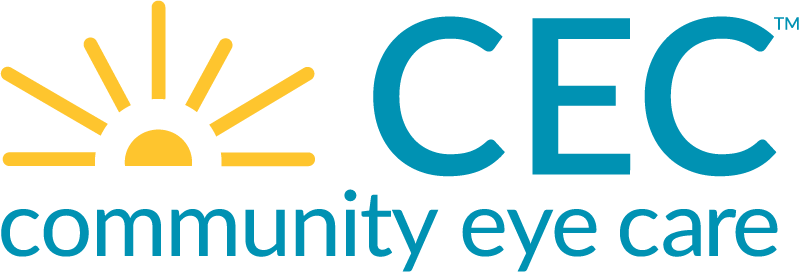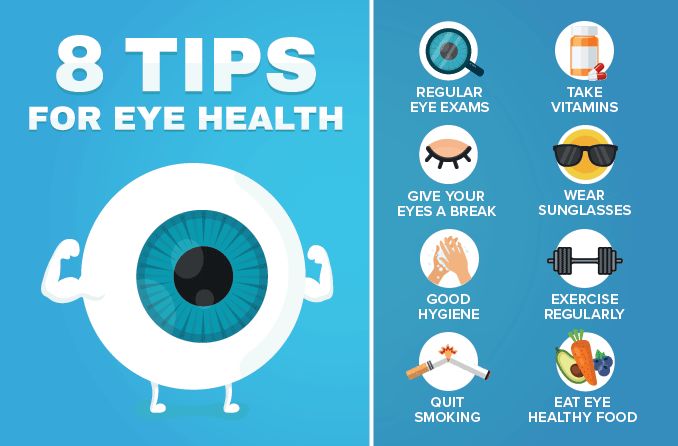Refractive Surgeries in AL: Specialist Procedures for Clear Vision
Refractive Surgeries in AL: Specialist Procedures for Clear Vision
Blog Article
Everything You Need to Understand About the Latest Technologies in Glaucoma Treatment and Eyecare
In the realm of ocular health and wellness, innovations in the therapy and management of glaucoma have been gradually evolving, paving the method for boosted person treatment and end results. From cutting-edge diagnostic tools that provide unmatched insights right into the condition development to cutting-edge medical techniques that promise higher accuracy and quicker recuperation times, the landscape of glaucoma therapy is undertaking a significant change.
Advanced Diagnostic Technologies
Advanced diagnostic technologies play a vital duty in the very early discovery and tracking of glaucoma, enabling more effective therapy and administration of the condition. Among these innovations, optical coherence tomography (OCT) stands apart as a non-invasive imaging method that supplies thorough cross-sectional pictures of the retina, optic nerve head, and retinal nerve fiber layer. This high-resolution imaging helps medical professionals examine structural changes in the eye caused by glaucoma, allowing them to interfere without delay.
Furthermore, visual area screening, such as automated perimetry, is one more important analysis device for examining glaucoma-related vision loss - retina service near me. This examination determines the sensitivity of a client's visual area, assisting to discover any locations of vision loss or distortion. By integrating OCT imaging with visual area screening, health care service providers can obtain a thorough understanding of the condition's development and tailor therapy prepares accordingly
Minimally Intrusive Operation
In the realm of glaucoma administration, the focus changes in the direction of minimally intrusive procedures as an aggressive strategy to attend to the progression of the problem complying with advanced analysis assessments such as optical comprehensibility tomography (OCT) and visual area testing. Minimally intrusive glaucoma surgical treatments (MIGS) have gotten popularity because of their effectiveness in minimizing intraocular pressure while decreasing the dangers and recovery times connected with conventional glaucoma surgical procedures. These procedures are commonly done through tiny lacerations, commonly in conjunction with cataract surgery, making them less intrusive and a lot more comfy for clients.
Some typical MIGS procedures include trabecular micro-bypass stents, which enhance the outflow of liquid humor, and micro-sized implants that enhance water drainage in the eye. In addition, laser treatments like selective laser trabeculoplasty (SLT) offer a non-invasive choice for reducing intraocular pressure. By integrating these minimally invasive methods into glaucoma administration, ophthalmologists can supply individuals with efficient therapy choices that prioritize security and quick recovery, ultimately improving long-term outcomes for individuals with glaucoma.
Novel Drug Therapies
Emerging drug therapies existing encouraging methods for boosting the pharmacological monitoring of glaucoma, offering innovative methods to attend to intraocular stress control and illness development. One novel drug therapy that has garnered attention is Rho kinase inhibitors. These drugs function by targeting the Rho kinase path, which plays a duty in managing the tone of the trabecular meshwork, the eye's drainage system. By hindering this path, Rho kinase preventions aid to boost liquid wit discharge, therefore decreasing intraocular pressure.

Telemedicine and Remote Surveillance
With the advancement of unique medication therapies expanding the treatment landscape for glaucoma, the assimilation of telemedicine and remote surveillance arises as a crucial part in improving individual care and disease management. By utilizing telemedicine and remote surveillance, medical care providers can enhance accessibility to care, boost client compliance, and discover prospective problems early, leading to better end results for people with glaucoma. Welcoming telemedicine and remote monitoring in glaucoma administration represents a significant advancement in maximizing client care and therapy effectiveness.
Personalized Therapy Techniques
Advancing past traditional one-size-fits-all techniques, customized therapy strategies customized to individual person this article qualities are changing the administration of glaucoma. By tailoring treatment strategies based upon factors such as age, illness extent, lifestyle, and various other wellness conditions, eye doctors can maximize outcomes and enhance patient fulfillment.
Personalized treatment strategies in glaucoma involve a detailed assessment of each client's one-of-a-kind profile. This may consist of hereditary screening to identify particular danger aspects, imaging strategies to assess architectural adjustments in the eye, and useful examinations to review aesthetic field loss. By integrating these personalized insights, health care providers can develop targeted interventions that deal with the underlying sources of glaucoma progression for every individual.
Furthermore, improvements in modern technology have actually made it possible for the advancement of individualized therapy alternatives such as minimally intrusive glaucoma surgeries (MIGS) tailored to the patient's specific requirements - hearing service near me. These treatments provide effective intraocular pressure control with fewer complications, boosting the total top quality of treatment for glaucoma people. Welcoming personalized treatment methods marks a considerable paradigm shift in glaucoma administration, emphasizing accuracy medication to supply tailored services for far better client results
Final Thought
In verdict, the current advancements in glaucoma therapy and eyecare include advanced analysis innovations, minimally intrusive surgical treatments, Read Full Article novel drug treatments, telemedicine and remote monitoring, and tailored treatment strategies. These improvements are revolutionizing the means we identify and deal with glaucoma, offering even more effective and individualized options for clients. By remaining read here up-to-date with these growths, healthcare experts can provide much better treatment and improve results for people with glaucoma.

With the evolution of novel drug therapies expanding the treatment landscape for glaucoma, the assimilation of telemedicine and remote surveillance emerges as a crucial element in improving person care and condition administration. glaucoma service near me. Embracing telemedicine and remote tracking in glaucoma management represents a significant improvement in enhancing individual treatment and therapy efficacy
In final thought, the most recent innovations in glaucoma treatment and eyecare consist of advanced diagnostic innovations, minimally intrusive surgical procedures, novel medicine treatments, telemedicine and remote monitoring, and individualized therapy approaches.
Report this page